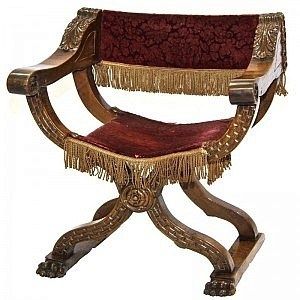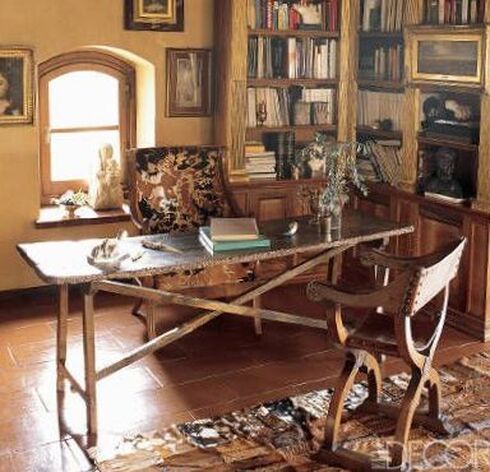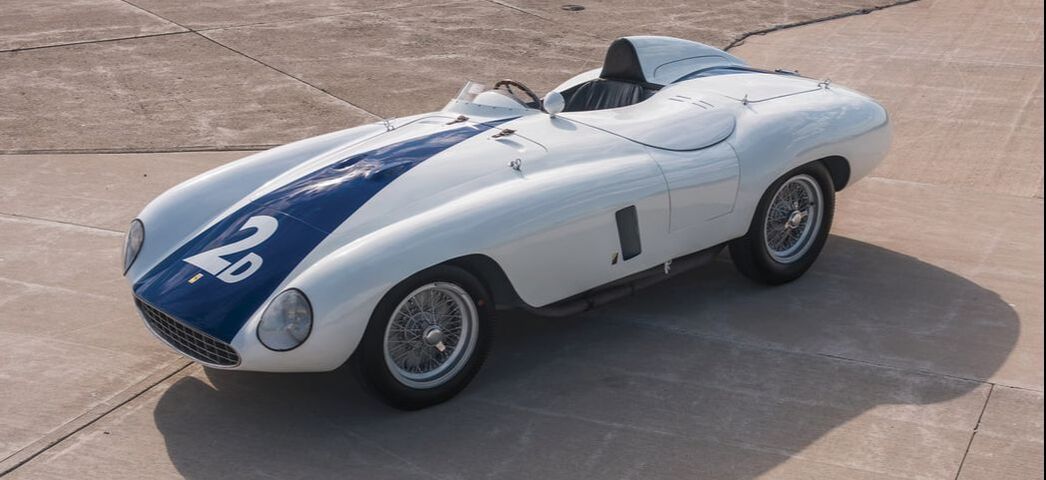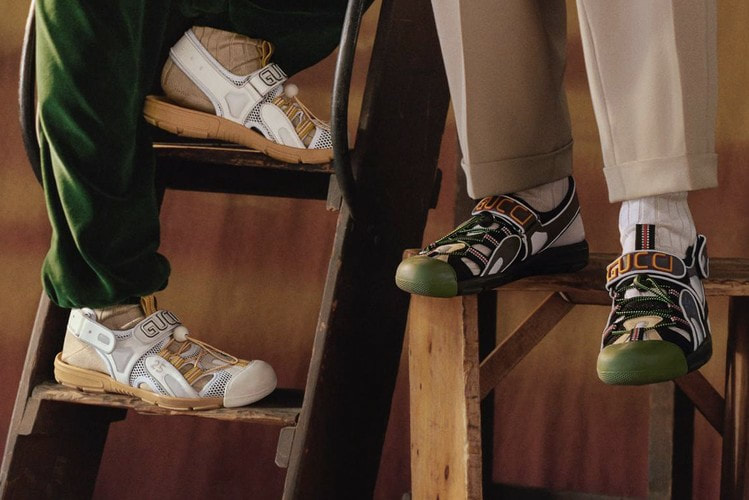 You're driving through the winding back roads of Tuscany and suddenly you find you're at the top of a hill looking out to an amazing vista. There is one solitary tree with a rusting, forgotten bicycle leaning against it. Nature has taken over, covering it with vines and wildflowers. Birds are using it as a temporary perch as they look for their next meal buzzing by... If you have an old, wreck of a bicycle, you can bring some of this romantic feeling into your garden, creating a two-wheeled, flower planter. During normal times, when there are no stay-at-home orders and no corona virus to contend with, you could look for a rusty old cycle at garage sales and flea markets. But if you take occasional "lost drives" (as my son and I do just to get out of the house for a hour or so), you just might see an appropriate bicycle tossed away for trash at the curbside, as I did during the last week during one of our short excursions. We saw two such throwaway bikes. What else do people have to do nowadays but clean out their garages and sheds? Spray paint it red, yellow or a striking blue--tires too! If it's rusty enough, just leave it as is. Use old baskets, bins, wooden boxes or even paint cans attached to the front and rear wheel racks, line them with plastic trash bags with holes punched in for drainage. For an authentic, Italian look, use old wooden fruit boxes and paint Italian words like "fiore", "il giardino" or "bicicletta" or "Villa (your surname)" on the sides. Fill with planting soil and a teaspoon of Soil Moist with lots of trailing plants, like sweet potato vine, and flowers, such as begonias, geranium, zinnia or marigold in a variety of colors. The Soil Moist will retain water as its crystals swell up like little gelatin water sacs, allowing you to water less often. Don't forget to feed with a fertilizer high in potassium (for flower production). Lean your cycle-garden against your mailbox or lamppost, against a stone wall or tree, or hang it on the wall of your she-shed or on a rustic fence. Keep in mind that Italian gardeners are opportunistic, turning all sorts of things into planters (in one case I know, an old cement mixer) and planting every inch of their often small spaces. If you take this same attitude, you can add some Italian flavor to your own Giardino di Villa... Happy Planting! #wewillgetthroughthis #forzaitalia #italianstyle #gardening #italiangardens --Jerry Finzi
2 Comments
 A Roman Sella Curulis A Roman Sella Curulis These interesting and beautiful chairs are commonly referred to as "throne chairs", associating them with a medieval royal court or in a Renaissance setting. There are many names for these: commonly referred to as X-chairs, but more historically correct, Dantesca (or Dante) chairs, Savonarola chairs, or when without arms, Sedie a Tenaglia, Pincer Chairs or simply Scissor Chairs. In most cases, they were designed to folded up or taken apart for transport or when additional chairs were needed for a special event. Folding frame chairs were first used in Ancient Egypt, Rome, and Greece used by the elite classes--they were expensive to create by master craftsmen. Some were even simple, metal designs with a sling seat. Throughout the Roman Empire the sella curulis, an armless folding stool, was very common, looking somewhat like the bottom half of a modern director's chair. In early Christian times they were originally called faldistorium (folding stool, in Latin) when they were used by religious officials when their throne was too cumbersome to move to outdoor events.The folding chair for everyday use originated in medieval Italy and spread through Europe during the Renaissance. The form was revived during the Neo-classical period, and continued its popularity through the 19th century and during the Craftsman design era. There are even 20th century chairs that were based on the originals. Dantesca chairs typically have four intersecting s-shaped legs and a wooden or stone ornamental knob (called a boss) where the legs intersect. Some will fold, while others don't. Savonarola are chairs named for the 15th century Florentine, Dominican friar Girolamo Savonarola, who lived during the Italian Renaissance. Instead of four legs, the Savonarola was made up of a series of narrow wooden curved slats (also s-curved) that all folded in unison. The backs were often elaborately carved, typically with a family crest or head of a person or animal, symbolizing the owner. Often the seat had a cushion of velvet or silk in an elegant style. Legs on these designs were joined to flat "feet" that allowed the chair to sit level on uneven tiles or even outdoors on uneven ground. Curiously, even though Savonarola had his followers burn things of luxury and excess (due to his commitment to the poor) in his Bonfires of the Vanity, he still felt comfortable in his own version of a portable throne, which can be still seen today in the Convento di San Marco in Florence. Still today, in both modern or classical interiors, the Savonarola or Dantesca chairs are a great choice, used in pairs or along as an accent piece. --Jerry Finzi And available on Amazon...
 You can see this beautiful car in the 1959 Stanley Kramer classic film, On the Beach, a film about a world wide nuclear war. Toward the end of the film, actor Fred Astaire races down the road in his 1955 Ferrari 750 Monza Spyder... The asking price in 1955 for this limited edition Ferrari was about $7000. Recently, they can fetch over $5 million! The 750 Monza was designed by Dino Ferrari; only thirty-one were made, between 1954 and 1955. The Ferrari 750 Monza Spider is one of the wonders created by an artist who according to legend was able, in just a few minutes, to turn a sheet of aluminum into a perfectly smooth egg. Modena-born Sergio Scaglietti (1920-2011) – who in his youth had repaired countless car bumpers working as a tinsmith – used his hammer with the lightness and precision of a surgeon with a scalpel. In 1939, Enzo Ferrari – the founder of the world-renowned automobile company in Maranello – met Scaglietti and was immediately struck by his talent. A long collaboration and friendship began, with the artist-tinsmith creating some of Ferrari’s most beautiful cars throughout the 1950s, 1960s, and 1970s (including the iconic “Testa Rossa”). In recent years,the fashion shows in Milano are getting more and more bizarre--even disturbing. One has to ask, "What does this have to do with presenting great style?" Nothing. It's shock value to grab cheap attention. Perhaps this attitude has always been around concerning high fashion, going back to Helmut Newton's often bloody and kinky photographic scenarios back in the 60s and seventies, for example. But what point was Gucci trying to make with having models carrying their own heads, walking past medical examination tables or having deadpan faced models carry dead baby dragons? What ever happened to beauty, elegance, classic style and timelessness? --GVI Deadpan expressions, or just plain dead? Gucci must be a fan of old Twilight Zone Episodes. Watch the film, The Water Horse to see how we are supposed to treat dragons.  When Voyaging in Campania, one of the best things a woman can bring back is custom made sandals from Capri, Sorrento, Positano, Amalfi (town) or Ravello. While these sandali artigianali shops will have ready-to-wear models, it's more fun to have them make a pattern of your feet, walk around town for a while, and when you return you'll have exactly what you wanted, custom-sized to your feet. They also offer more affordable ready-made soles which can be trimmed out to your personal taste. They have a wide variety of lacing and decorative trimmings, such as Swarovski crystals.  In Capri, arguably the most well-known shop is Canfora (where decades ago, Jackie Kennedy bought hers), although other sandal shops dot the towns of Marina Grande and Ancapri. Keep in mind that the prices for custom sandals in Capri are generally higher than shops in towns along the Amalfi Coast. Sorrento also has many shops, including Sandali Corcione on Corso Italia. In Positano, one of the more popular shops for sandals is Safari, with Nana a close second. --GVI Red silk with buttoned strap shoes, 1920 Designed by André Perugia André Perugia (1893-1977) was born in Nice, France in 1893 of Italian parentage. He trained in his father's workshop and at the age of 16, in 1909, he opened a shop in Paris where he sold handmade shoes.
|
On Amazon:
|






























































 RSS Feed
RSS Feed
